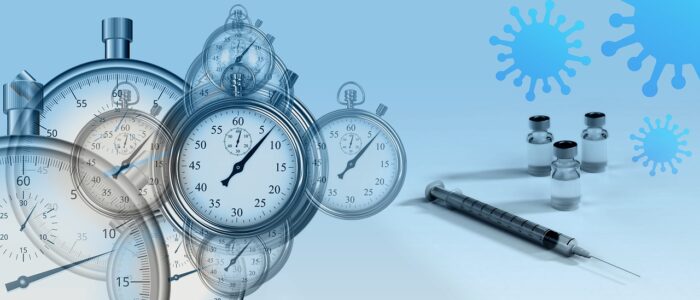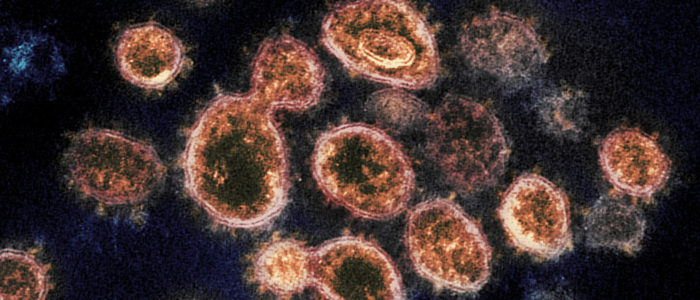Attention! Attention! Read all about it! China utilizes CRISPR CAS9 to genetically engineer babies to be resistant to HIV!
The field of genetics has made giant strides in research lately, some of which seems to be straight out of science fiction. Whether you are using 23andMe to discover your heritage or reading about breakthroughs like the one I mentioned above, it is evident some of the fiction is becoming fact. Science is growing at an exponential rate, which can be overwhelming for the casual observer and exhilarating for those immersed in it already.
This article will be the first in its series tackling a hot topic in genetics: genetic modification. CRISPR CAS9 is revolutionizing the field of genetics through gene editing and popping up frequently in the news. Scientists are able, to a certain extent, to remove, add, and edit the genome of an organism; however, it is limited at the moment and not able to be used in every organism effectively yet. It may seem like a new phenomenon, but humans have been deliberately modifying organisms (the MO of GMO) since about 10,000 BCE. Granted, our capability to modify organisms has greatly improved since nomads first settled down. To understand how scientists are able to selectively engineer the expression of genes with CRISPR, it will help to understand the foundation, selection.
But before we dive into the selection, let’s explore a brief bit of history…
The Dawn of Agriculture

The first agricultural revolution started around 10,000 BCE. Its start marked the beginning of a new era known as the Neolithic Era. The world was thawing out of the ice age, and new opportunities and challenges were presented to humans. Because of these pressures, people shifted from a hunter-gatherer lifestyle to a more established settlement style. The first settlements are believed to be around the fertile crescent, or the land surrounding the Tigris, Euphrates, and Nile rivers. This area became known as Mesopotamia. It was here that humans started down the road to CRISPR.
When agriculture started to sprout its roots, humans were concerned with easily cultivating plants as well as domesticating animals. Even though they probably did not understand that they were artificially changing the gene pool at the time, they were deliberately selecting for desirable traits. This practice is known as artificial selection.
Before this, populations of organisms were subject to only natural selection. Selective pressures would act upon a population and affect the fitness of the organisms, causing some offspring to survive and reproduce and others to die. Those that had a superior fitness and survived to a fertile age were able to pass on genetically heritable traits.
Over time, the offspring of the survivors would demonstrate the most successful traits. When a population shows a shift in trait prevalence over time, it is known as a change in allelic frequency. An allele is a location on a chromosome, your genetic blueprint, that contributes to the variation of a particular gene like hair color. The variation will be determined by both environmental factors and parental genetic contribution.
These conditions eventually lead to evolution. Survival of the fittest is what shaped the world during this time, and then humans took this ingrained process and adapted it to their needs.
I Choose You!

When you are in the grocery store looking at vegetables, you probably choose the fruit or vegetables that look most appetizing. Essentially, this is what humans were doing in Mesopotamia. They chose plants and animals like wheat, barley, dogs, sheep, etc. that would be the easiest to raise. Once they chose the initial best crops in the area like wheat, they would deliberately plant the seeds in their settled area. As the plants grew, they would take note of traits like the number of seeds produced, the size of the plant, and the time taken to produce usable parts. Instead of choosing to grow the seeds of plants from poor producers, they would use the seeds from the best plants from each harvest. At this time, ensuring the survival of your people was of the utmost importance.
Fast forward to the next agricultural revolution. Between the 18th and 19th century, farmers across the world have changed the paradigm of agriculture. Agriculture’s focus changed from feeding a small tribe to feeding entire nations.
This increase in demand for food led to new agricultural practices where the expectations for quality products skyrocketed. To meet these expectations, farmers not only learned to rotate crops based on the season, but they took full advantage of breeding related species. This is not saying that they take two completely unrelated animals or plants to make one completely new species; rather, they used individuals related on the genus level and mated them together.
Genetics: We Have The Beef

To make this a little bit clearer, let’s look at the Beefmaster. The Beefmaster is the product of a desire for an ultimate breed of cattle. An American company known as the Lasater Ranch wanted to maximize the potential in a single cow breed. When raising cows, farmers look at the six essentials: fertility, milking ability, weight, conformation, hardiness, and disposition. By breeding populations of different cattle breeds, Hereford, Brahman, and Shorthorn, the ranch was able to eventually develop a new breed through gene flow.
This essentially means that over time populations begin to resemble each other and allelic frequency becomes constant between the populations. The Beefmaster was not perfect in the beginning because its traits were not optimized, but through years of careful selection, it has become widely used in Mexico, Brazil, and the US. The Lasater Ranch was able to develop cattle able to be raised in harsh conditions and yield substantial quality products. Even though the Lasater Ranch commercialized breeding of superior cattle, it is still the same concept that was used at the beginning of agriculture: maximize the benefits to ensure survival.
Genetics can be an intimidating field. As someone who actively engages in insect genetics research, I can easily get confused by some of the literature surrounding the field. Even if this article is not covering topics like epigenetics, it gives some of the basics of population genetics which are essential to understanding more complex topics like gene editing. Science is not something to be feared, but rather something to be seen as a challenge and tackled head-on. If you do not understand the genetics hot topics like Dolly the sheep or CRISPR, soon you will. You may even catch the science bug like me and my colleagues!
To Be Continued...
For more advanced information and my sources, see below:
Preece, C. , Livarda, A. , Christin, P. , Wallace, M. , Martin, G. , Charles, M. , Jones, G. , Rees, M. and Osborne, C. P. (2017), How did the domestication of Fertile Crescent grain crops increase their yields?. Funct Ecol, 31: 387-397
Larson, G. and D. Q. Fuller (2014). “The Evolution of Animal Domestication.” Annual Review of Ecology, Evolution, and Systematics 45(1): 115-136.
Larson, G. (2011). Genetics and Domestication: Important Questions for New Answers. Current Anthropology, 52(S4), S485-S495. doi:10.1086/658401






Wow! How insightful!